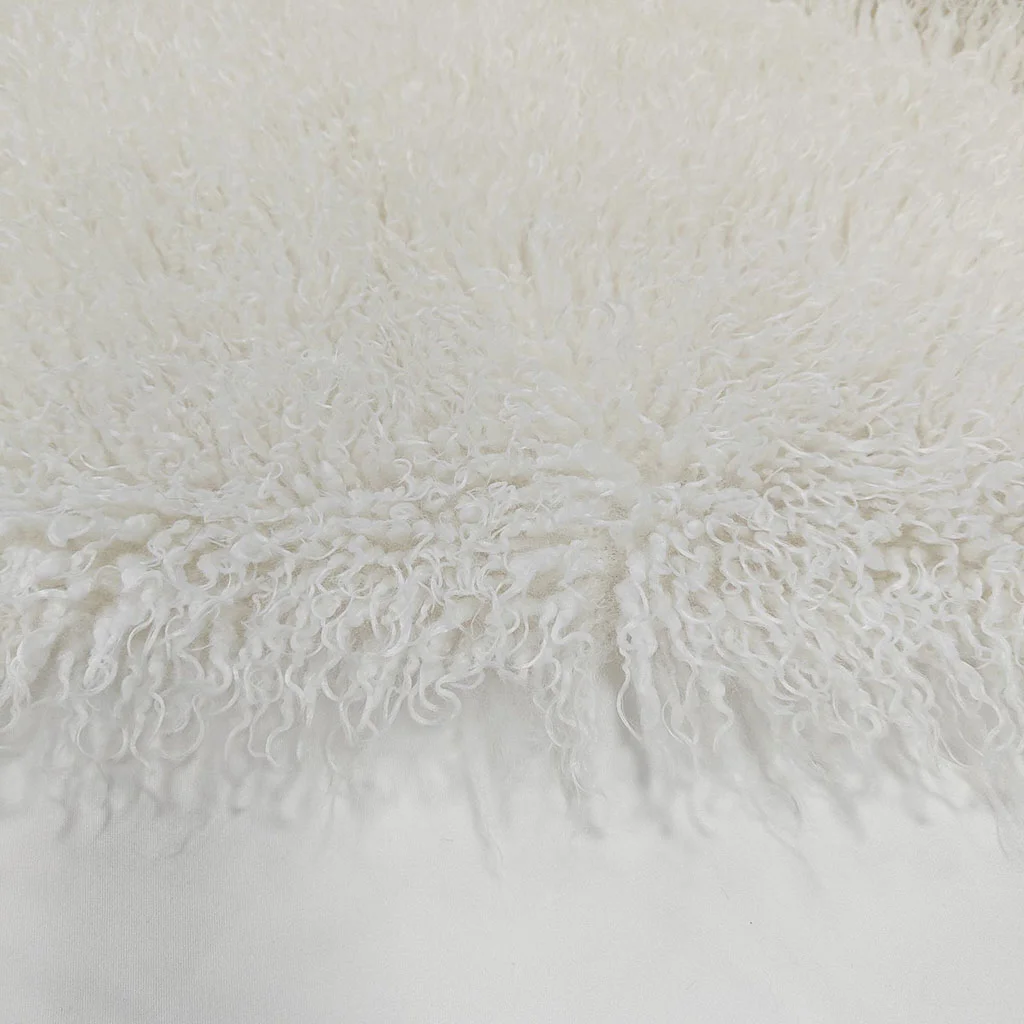As global temperatures rise and extreme heat events become more frequent, understanding how to dress appropriately for hot weather is crucial for both comfort and health. The right clothing can significantly impact your ability to stay cool, prevent heat-related illnesses, and maintain productivity. In this article, we will explore the most recommended types of clothing for extreme hot weather, focusing on materials, styles, and practical tips to help you navigate the sweltering heat.
- Understanding the Impact of Fabric
The choice of fabric is paramount when it comes to dressing for extreme heat. Here are some key characteristics to look for:
- Breathability: Fabrics that allow air to circulate help evaporate sweat, keeping your body cooler. Natural fibers like cotton, linen, and bamboo are excellent choices due to their breathable nature.
- Moisture-Wicking: Synthetic materials such as polyester and nylon can be engineered to wick moisture away from the skin, promoting evaporation and keeping you dry. Look for activewear designed specifically for hot weather.
- Lightweight and Loose-Fitting: Heavy fabrics can trap heat, while loose-fitting clothing allows for better airflow around the body. Opt for garments that are not only lightweight but also provide ample space for air circulation.
- Recommended Fabrics for Hot Weather
Cotton
Cotton is a classic choice for hot weather due to its softness, breathability, and moisture-absorbing properties. It is ideal for casual wear, such as t-shirts, shorts, and summer dresses. However, it can retain moisture, so it may not be the best option for high-intensity activities.
Linen
Linen is another natural fiber that excels in hot conditions. Its unique weave allows for maximum airflow, and it dries quickly, making it perfect for beach outings or outdoor events. Linen shirts and trousers are stylish yet functional choices for extreme heat.
Bamboo
Bamboo fabric is gaining popularity for its eco-friendliness and natural moisture-wicking properties. It is soft, breathable, and has antibacterial qualities, making it a great option for activewear and casual clothing.
Performance Synthetics
For those engaging in physical activities, performance synthetics like polyester and nylon are recommended. These fabrics are designed to wick moisture, dry quickly, and provide UV protection. Look for clothing labeled as moisture-wicking or quick-dry for optimal performance.
- Color Matters: Choosing the Right Shades
The color of your clothing can also affect your body temperature. Light colors, such as white, beige, and pastels, reflect sunlight, helping to keep you cooler. Dark colors absorb heat, making them less suitable for extreme hot weather. When selecting your wardrobe, prioritize lighter shades to enhance your comfort.
- Clothing Styles for Extreme Heat
Loose-Fitting Tops
Opt for loose-fitting tops, such as oversized t-shirts, tank tops, or flowy blouses. These styles allow for better airflow and help prevent sweat from clinging to your skin.
Breathable Bottoms
When it comes to bottoms, consider lightweight shorts, skirts, or linen trousers. Avoid tight-fitting jeans or heavy fabrics that can trap heat and moisture.
Sun Protection
In extreme heat, sun protection is essential. Look for clothing with built-in UPF (Ultraviolet Protection Factor) to shield your skin from harmful UV rays. Long-sleeve shirts and wide-brimmed hats can provide additional protection while keeping you cool.
- Accessories to Enhance Comfort
In addition to clothing, certain accessories can help you stay cool:
- Hats: A wide-brimmed hat can provide shade and protect your face and neck from the sun.
- Sunglasses: Protect your eyes from UV rays with high-quality sunglasses that offer 100% UV protection.
- Scarves: Lightweight, breathable scarves can be soaked in water and worn around your neck to provide a cooling effect.
- Practical Tips for Staying Cool
- Hydration: Regardless of your clothing choices, staying hydrated is crucial in extreme heat. Drink plenty of water throughout the day to maintain your body’s temperature regulation.
- Timing: Plan outdoor activities for early morning or late afternoon when temperatures are cooler.
- Seek Shade: Whenever possible, stay in shaded areas to minimize direct sun exposure.
Conclusion
Choosing the right clothing for extreme hot weather is essential for comfort, health, and overall well-being. By selecting breathable fabrics, opting for loose-fitting styles, and considering color and sun protection, you can effectively combat the heat. Remember to stay hydrated and take breaks in the shade to ensure you remain cool and safe during the hottest days. With these tips in mind, you can confidently embrace the summer heat while looking stylish and feeling comfortable.


